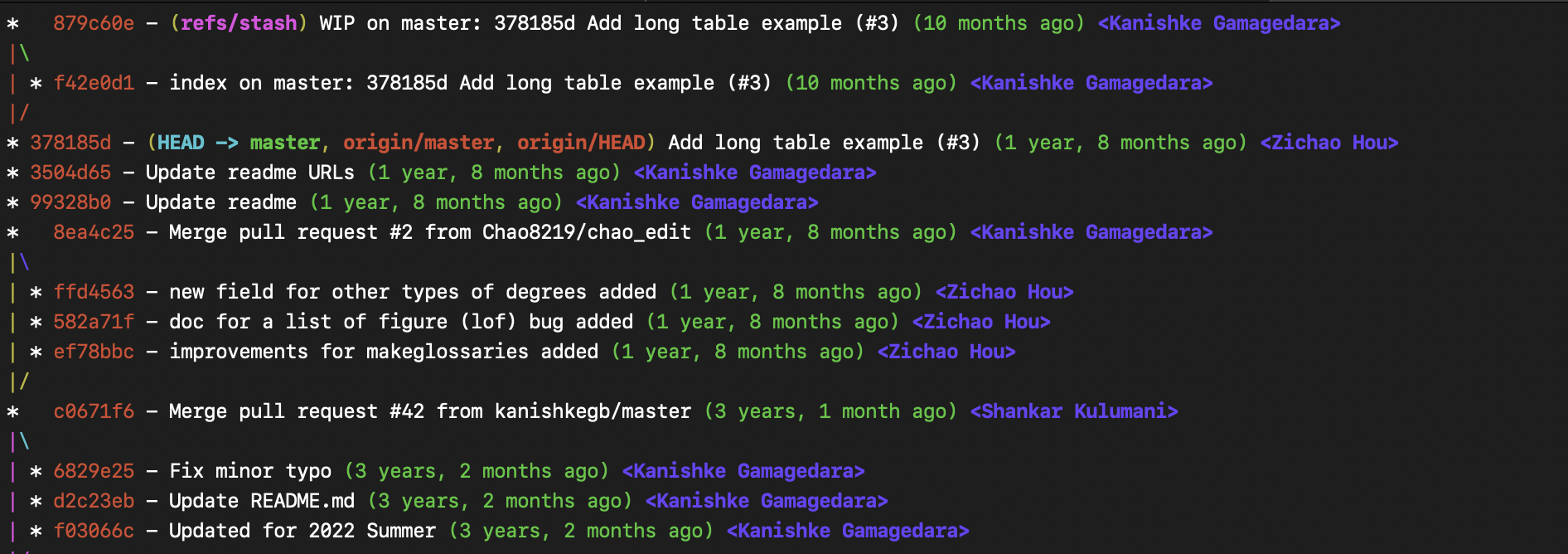
C++ Copy Ellision
Copy elision in C++ is a powerful optimization technique where the compiler eliminates unnecessary copying or moving of objects. It’s like the compiler saying, “Hey, I don’t need to go through all that ceremony—I can just construct the object directly where it’s needed.”
🧠 What It Really Means
Normally, when you return an object from a function, C++ might:
- Construct the object inside the function.
- Copy or move it to the caller.
With copy elision, the compiler skips step 2 and constructs the object directly in the caller’s context. This avoids overhead and can even make code more efficient than manually optimizing with std::move.
✨ Common Scenarios
Here are a few places where copy elision kicks in:
1. Return Value Optimization (RVO)
MyClass createObject() {
return MyClass(); // No copy or move—constructed directly in the caller
}
2. Named Return Value Optimization (NRVO)
MyClass createObject() {
MyClass obj;
return obj; // If conditions are right, NRVO avoids copy/move
}
3. Temporary to Constructor
MyClass obj = MyClass(); // No copy—constructed directly into `obj`
🚀 Since C++17
Copy elision became mandatory in certain cases:
- When returning a prvalue (pure rvalue) from a function.
- When initializing an object from a prvalue.
This means you don’t even need a move constructor for some patterns—it just works.
🔍 Why It Matters
- Performance: Avoids unnecessary constructor calls.
- Simplicity: Lets you write clean code without worrying about optimization.
- Safety: Reduces chances of bugs from copy/move semantics.
Note:
Current version of this post is generated partially using generative AI.